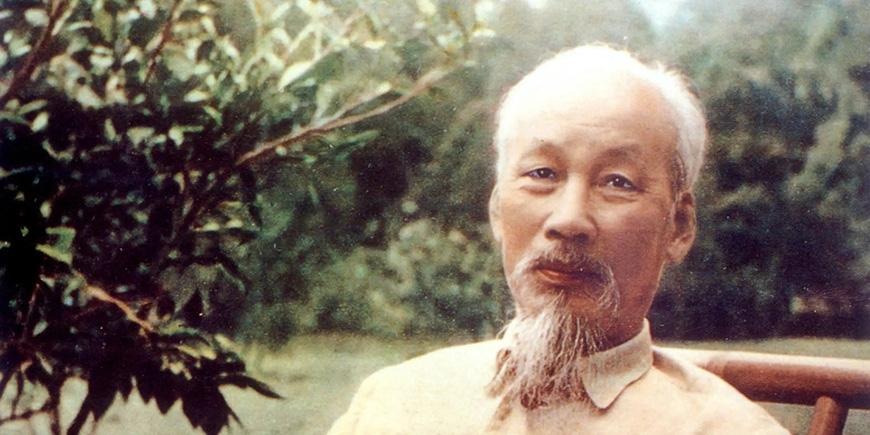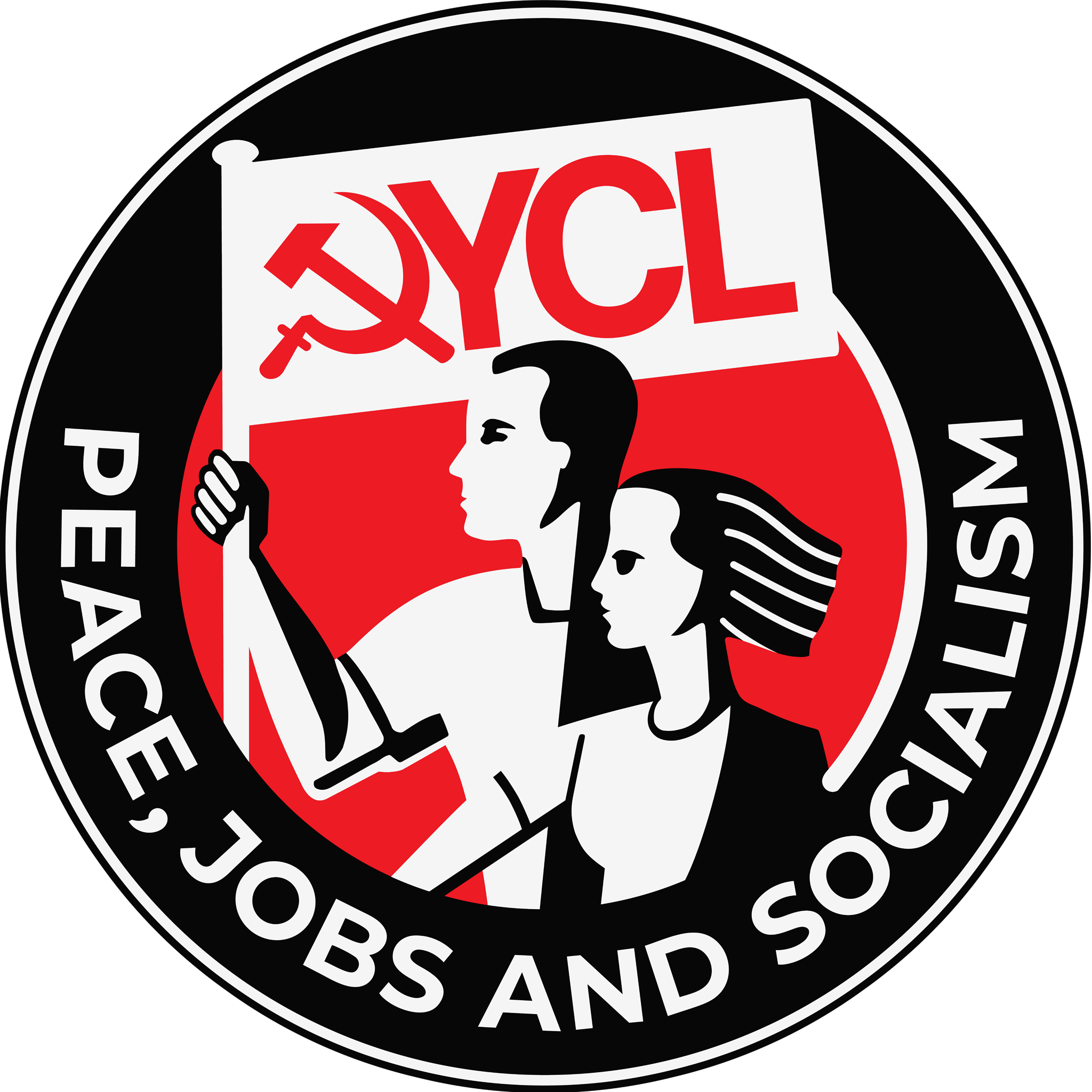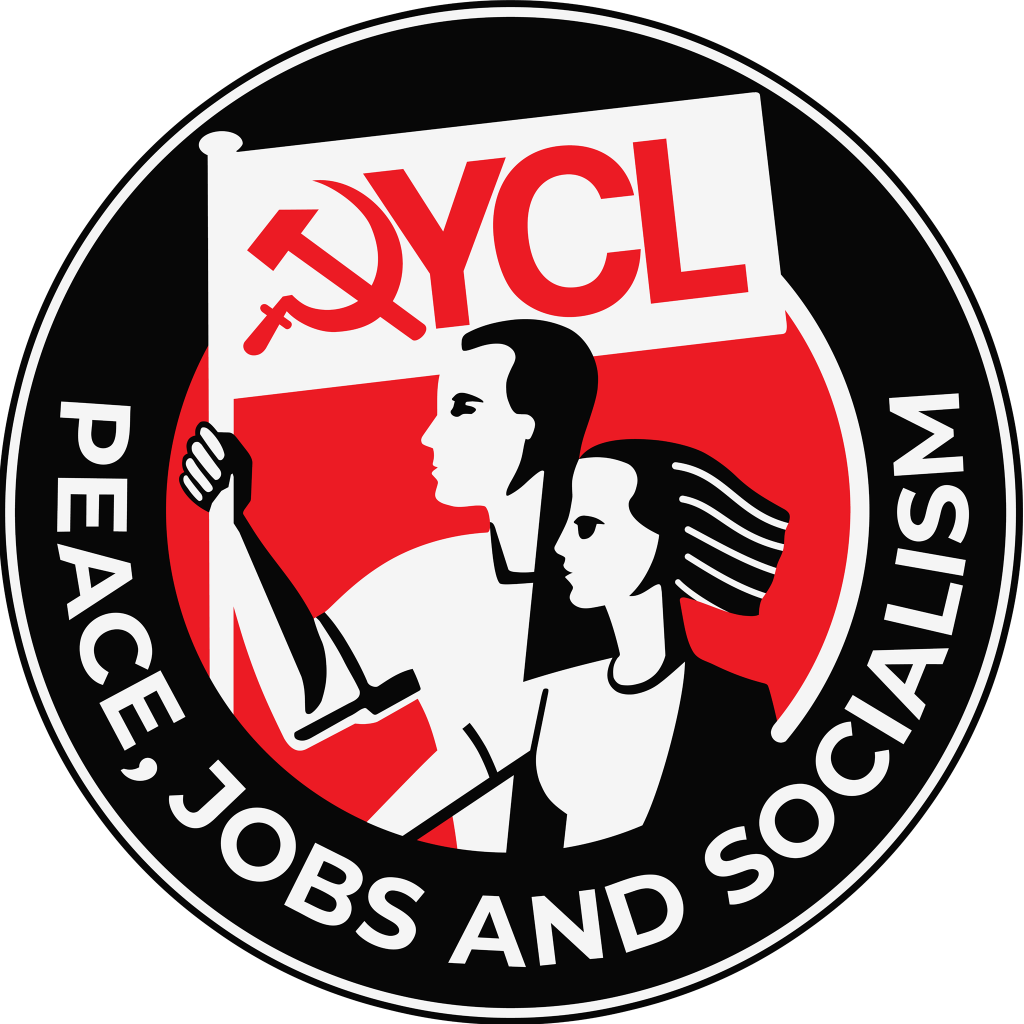Vietnam is perhaps most well known in the West for its heroic struggle against American imperialism during the Vietnam War. However, relatively little is known about the socialist development of the country following liberation and the coming to power of the Communist Party of Vietnam (CPV).
From the 19th century, Vietnam was a colony of France, incorporated along with Cambodia and Laos into a larger country known as French Indochina. France’s ruling class dominated the country politically, culturally, and economically; exploiting land, labour, and resources; and extracting vast wealth while the majority lived in poverty.
Naturally, resistance movements emerged and gained traction among the population. It was during this early independence movement that future revolutionary leaders, such as Ho Chi Minh and Vo Nguyen Giap, would gain their early revolutionary experience in groups such as the nationalist New Vietnam Revolutionary Party. Later, Marxist-Leninist groups would emerge and eventually form the Indochinese Communist Party (ICP).
It was the ICP leaders who, in 1941, returned to Vietnam from exile to organise the national liberation movement, and the Viet Minh was established as an anti-imperialist united front formed by the Indochinese Communist Party, starting out with nothing but 34 people and a room of barely working weapons.
Following the declaration of independence by Vietnam in September 1945, France moved to regain control of the country from Japan, which had occupied Vietnam during the Second World War. However, during this period, a wave of anti-colonial movements swept the world as the now weakened former colonial powers began to lose their grip. The Viet Minh launched their national liberation struggle against the French occupiers in 1946, eventually ending with the partition of Vietnam into the communist-controlled north and the Western-backed south in 1954.
However, this settlement was untenable due to the economic interdependence of the mineral and coal-rich north and the agricultural south, imposing severe problems for development. Fighting resumed, taking the form of a conventional war between the north and south, with an insurgency organised by the Viet Minh (in conjunction with its political wing, the National Liberation Front, NLF) in the south.
Following French withdrawal, the US took over financial and military support for the southern government. The involvement of the US escalated and culminated in Lyndon B. Johnson’s deployment of ground troops in 1964. During the Vietnam or “American” War (as it is known in Vietnam itself), the US dropped more than 7 million tonnes of bombs on Vietnam, Laos, and Cambodia, used chemical weapons that toxified the region, and carried out numerous atrocities such as the My Lai massacre.
Even before the deployment of US ground troops, the US sought to brutally limit the influence of the NLF in the south. This was through the Phoenix Programme, an assassination and torture programme which claimed tens of thousands of victims. Vietnamese people were also placed in concentration camps through the US’s Strategic Hamlet Programme.
In Britain, the working class offered material solidarity to the communist-led resistance forces in Vietnam in every way they could. One example was a Britain-wide bicycle campaign led by the YCL on request from the CPV. When strengthened with bamboo, a single bicycle could be used by resistance forces to transport one ton of military equipment along the narrow jungle paths, on which the expensive American cargo trucks were near useless. YCL members purchased and received about a hundred bicycles, and also travelled the country collecting money for medical aid in a lorry painted with the Vietnamese flag. These supplies were then driven to the World Youth Festival in Bulgaria, where Vietnamese comrades could take them home.
Shortly after the communist victory over the south, the country was finally reunified in 1976. The people of Vietnam now had the colossal task of rebuilding their country following over a century of colonial exploitation and decades of open conflict. At reunification, two out of three people lived below the poverty line, an estimated three million civilians had died, infrastructure had been decimated, and there was extensive sickness and environmental contamination from use of chemical weapons, such as napalm and Agent Orange, by the United States.
Initially, the country implemented a socialist economic system modelled on those of Eastern Europe. Although drastically improving the lives of the population compared to before liberation, the system had deficiencies. Production bottlenecks, food shortages, and inflation plagued the economy in the years following reunification. It was proposed that this was because the centralised system of socialised production imported from mostly industrialised eastern Europe did not fit the conditions of the country at that time, being heavily dependent on small-scale production from individual households. The leadership began to argue that reform was needed.
In 1986, at the Sixth National Congress of the Communist Party of Vietnam, a set of policies known as the Doi Moi reforms were introduced. Similar to Reform and Opening Up introduced in China not long before, this new economic course intended to use the market as a mechanism to facilitate development and acquire much needed investment. The reforms also aimed to integrate Vietnam’s economy into the global market to improve access to new markets and attract investment, technology, and knowledge.
The goal of these reforms was to develop Vietnam’s economy to a point of material abundance, “…to increase the total of productive forces as rapidly as possible”, as Marx and Engels highlighted as a task for the proletariat once they assume state power. Since the mid-1980’s, Vietnam’s economy has grown at an average annual rate of 7%, industry now constitutes approximately 80% of Vietnam’s GDP, and significant growth in exports and foreign investment has occurred.
Importantly, although patterns of ownership were diversified, political power would remain in the hands of the working class as the Communist Party would remain in power. Key sectors of the economy such as land, natural resources, and energy remain state owned, and state-owned enterprises (SOEs) remain dominant in other sectors that have large influences on the overall economy like finance and telecommunication. SOEs are also influential in sectors that have a direct impact on the lives of ordinary people such as food, water, and pharmaceuticals. The state and SOEs play an important role in ensuring the economy continues to improve the lives of working-class people in Vietnam and acts in accordance with the long-term socialist goals set out by the CPV.
While a national capitalist class is currently permitted to exist, the party and state focus on supporting the working class and poor via national poverty reduction, development programmes, subsidised housing, etc. The minimum wage is raised every year, often at a higher rate than economic growth and inflation combined. The poverty rate fell from 75% in 1986 to approximately 6% in 2023, leading the UN Development Programme to recognise Vietnam as achieving among the greatest improvement in Human Development Index (HDI) between 1990 and 2018. Over 95% of the population are literate as of 2022 and education has expanded significantly, with over 20% of the state budget allocated to education. The elderly, young children, and poor receive free health insurance; child mortality and malnutrition have declined by 6 and 3-fold respectively; and between 1990 and 2021, life expectancy increased from 62 to 74.
None of this could have happened without the overthrow of the French, Japanese, and US colonisers, the socialist revolution, and the establishment of a basic socialist system under Ho Chi Minh’s leadership and guided by Ho Chi Minh Thought, and “Uncle Ho” continues to inspire the next generation of patriots and revolutionaries to this day. In his own words: “The Vietnamese people deeply love independence, freedom, and peace. But in the face of United States aggression they have risen up, united as one man.”
Further Reading:
Ho Chi Minh: A Life, W. Duiker
The Revolutionary Path, Ho Chi Minh
Selected Works, Ho Chi Minh
Forward Along the Path Charted by Karl Marx, Truong Chinh
Kill Anything That Moves: The Real American War in Vietnam, N. Turse
Discussion Questions:
- Could Vietnam have had a socialist revolution before driving out their foreign occupiers? What is the relationship between anti-imperialist national liberation struggles and anti-capitalist socialist struggles?
- Why is it important for the working class of imperialist and colonised nations to support each other?
- What would a campaign like the YCL’s bicycle campaign look like for a national liberation struggle today?
- To what extent are markets compatible with socialist construction? To what extent are they contradictory?
- What are common misconceptions about Vietnam and how do we provide a true perspective on the country?



